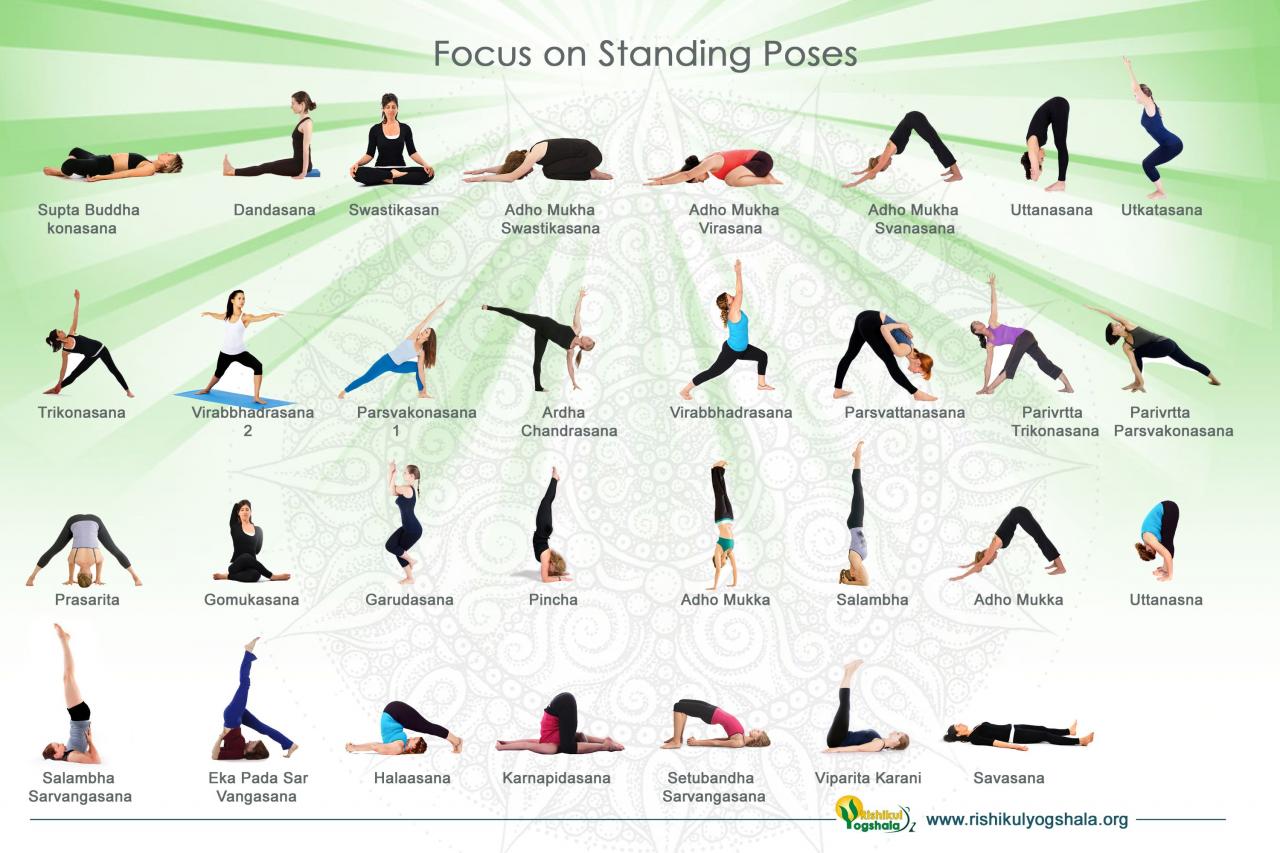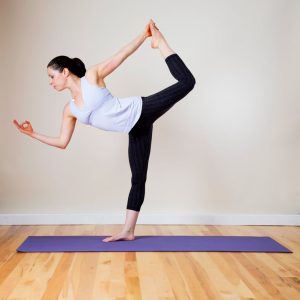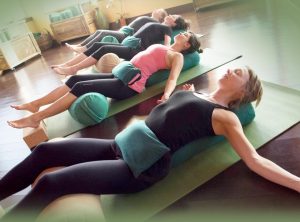
Advanced Yoga Poses and Their Techniques

Advanced yoga poses require a strong foundation in fundamental postures and a deep understanding of body mechanics. Attempting these poses without proper preparation can lead to injury. The following poses demonstrate the increased complexity and physical demands compared to beginner poses, highlighting both the challenges and the substantial rewards.
King Pigeon Pose (Eka Pada Rajakapotasana)
King Pigeon Pose is a deep hip opener that requires significant flexibility in the hips, groin, and shoulders. It’s a challenging pose that strengthens the core and improves balance. Improper execution can strain the knees and hips.
Step-by-Step Instructions: Begin in a tabletop position. Bring your right knee forward behind your right wrist, and extend your left leg back, aligning your left heel with your left hip. Lower your hips towards the mat, keeping your torso upright. You can place a blanket or block under your hips for support. Extend your arms forward or overhead, deepening the stretch.
Hold for several breaths, then repeat on the other side. Visualize your hips opening like a blooming flower, gently releasing tension with each exhale.
Challenges and Benefits: Compared to beginner poses like Child’s Pose, King Pigeon Pose demands significantly more hip flexibility and balance. The benefits include increased hip mobility, improved spinal flexibility, and stress reduction.
Forearm Stand (Pincha Mayurasana)
The Forearm Stand is an arm balance that requires significant upper body strength, core stability, and shoulder flexibility. It is a physically demanding pose and should only be attempted after mastering foundational arm balances and inversions. Improper execution can lead to wrist, shoulder, or neck injuries.
Step-by-Step Instructions: Start in a plank position. Lower your forearms to the mat, shoulder-width apart, elbows directly beneath your shoulders. Tuck your toes and lift your hips up, creating an inverted V-shape with your body. Engage your core muscles to maintain balance and stability. Shift your weight forward slightly, pressing into your forearms.
Keep your gaze forward and your neck long. Visualize a straight line from your head to your heels. Hold for several breaths and lower slowly. Focus on precision and control, avoiding sudden movements.
Challenges and Benefits: This pose presents a greater challenge than beginner poses like Downward-Facing Dog due to the significant strength and balance required. The benefits include increased upper body strength, improved core stability, and a calming effect on the nervous system. It is a powerful inversion that can help improve circulation and boost energy levels.
Wheel Pose (Urdhva Dhanurasana)
Wheel Pose is a backbend that requires significant flexibility in the back, shoulders, and wrists. It opens the chest and strengthens the entire body. Incorrect alignment can lead to strain in the lower back and shoulders.
Step-by-Step Instructions: Lie on your back with your knees bent and feet flat on the floor, hip-width apart. Place your hands beside your ears, fingers pointing towards your feet. Press into your hands and feet to lift your hips off the floor. Straighten your arms and legs as much as possible, creating a wheel-like shape. Keep your shoulders relaxed away from your ears.
Engage your core to protect your lower back. Visualize lengthening your spine and opening your chest. Hold for several breaths and lower slowly. Pay close attention to your body’s alignment, avoiding forcing the pose.
Challenges and Benefits: Compared to beginner backbends like Bridge Pose, Wheel Pose requires significantly more back flexibility and upper body strength. The benefits include increased spinal flexibility, improved posture, and a sense of empowerment and openness.

